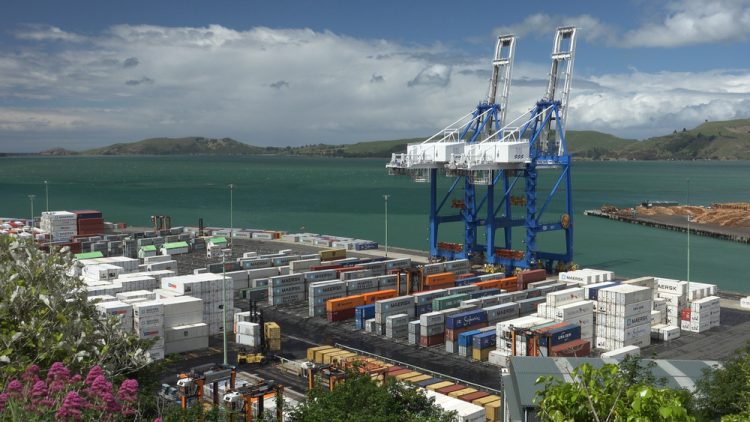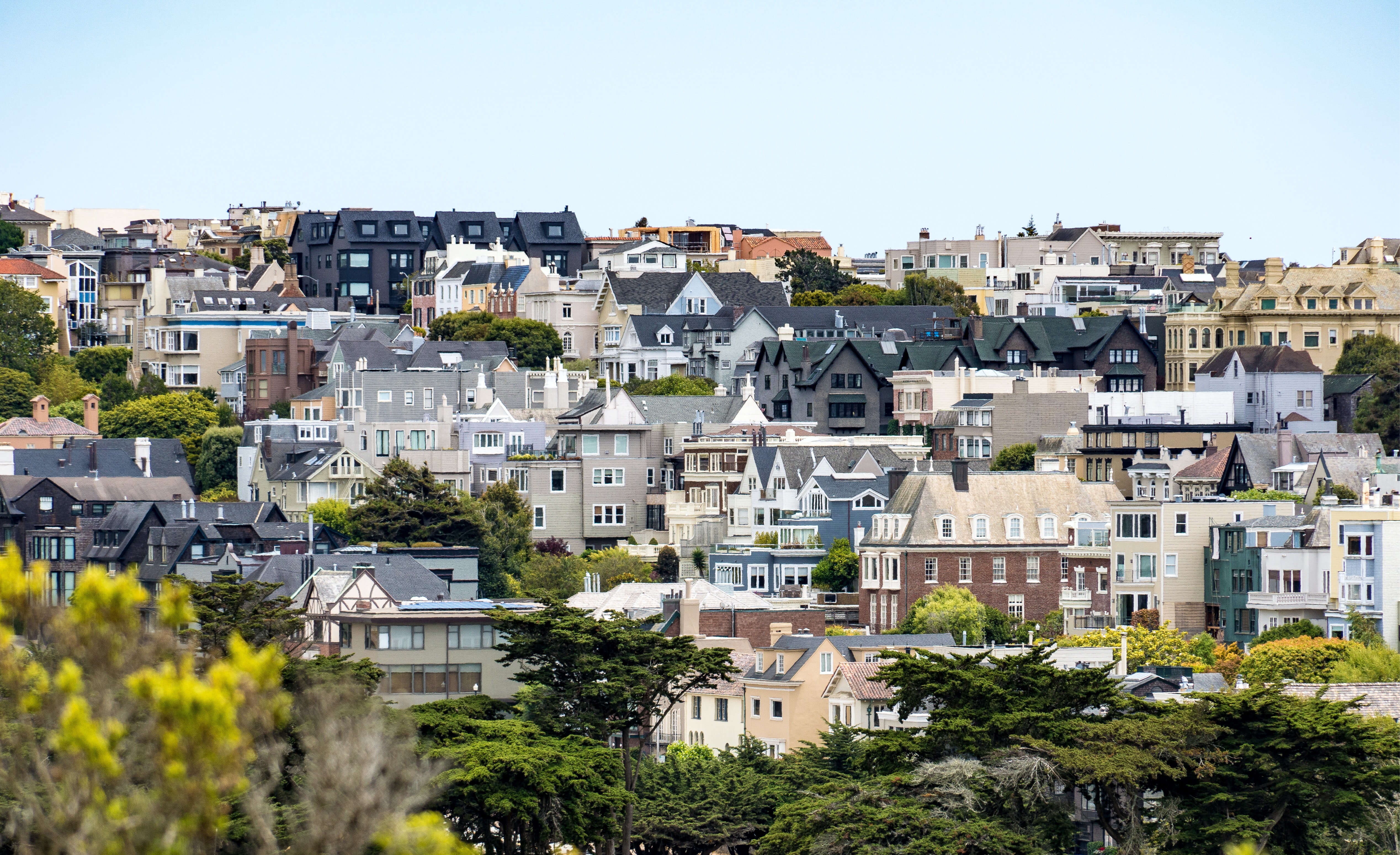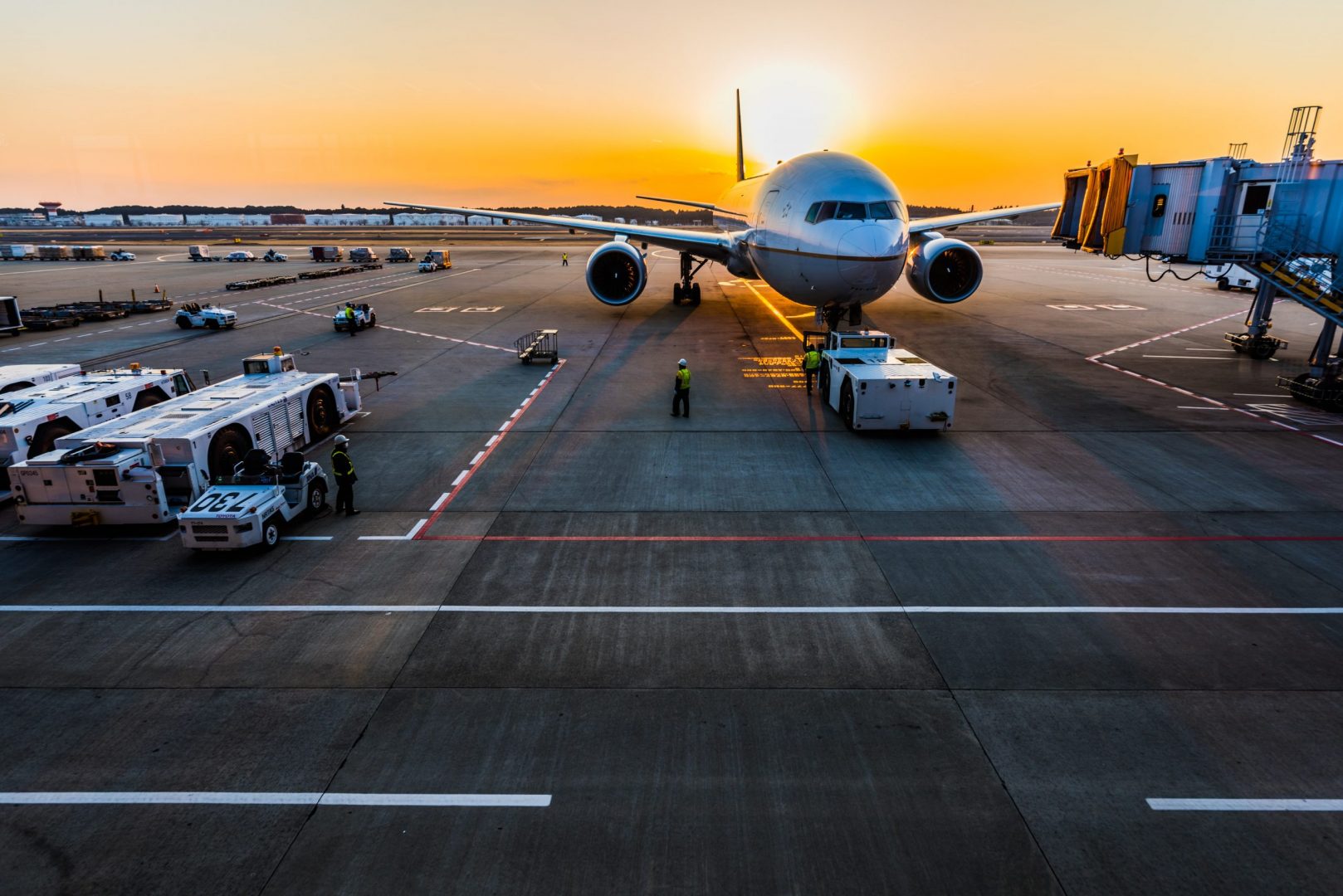Thương mại quốc tế đã bật trở lại từ đại dịch, với sự tăng trưởng mạnh mẽ trong năm qua.
Một ấn phẩm Xu hướng & Thông tin chi tiết Thương mại hàng năm cho năm 2021 của công ty pháp lý Chapman Tripp cho thấy thương mại hàng hóa toàn cầu đã tăng gần 11 phần trăm vào năm 2021, sau khi giảm 5,3% vào năm 2020.
Thương mại đã được hỗ trợ bởi các kích thích tài chính và tiền tệ được các chính phủ và ngân hàng trung ương trong tất cả các nền kinh tế lớn, báo cáo cho biết, nhưng vẫn còn nhiều thách thức cần được đáp ứng và các giải pháp trong nhiều trường hợp vẫn khó nắm bắt.
Tổ chức Thương mại Thế giới tiếp tục cá bơn mà không có con đường rõ ràng trong triển vọng để giải quyết các mối quan tâm do Mỹ nêu ra và nhu cầu cải cách rộng hơn đang diễn ra, nó nói.
Việc hoãn Hội nghị Bộ trưởng WTO hai lần hai năm lần thứ 12 vì biến thể Covid-19 mới nhất Omicron không hữu ích.
Sự thay đổi của chính quyền ở Mỹ đã lấy một số sức nóng ra khỏi cuộc đối thoại Mỹ-Trung nhưng căng thẳng nghiêm trọng vẫn còn, cũng như hầu hết các mức thuế thời Trump, nó nói.
“Hy vọng rằng Tổng thống Biden có thể đưa Hoa Kỳ trở lại trong lều Đối tác xuyên Thái Bình Dương Toàn diện và Tiến bộ (CPTPP) dường như có thể sẽ thất vọng.
Sự tan băng trong mối quan hệ giữa đối tác thương mại lớn thứ ba và đầu tiên của New Zealand sẽ là tích cực.
Một thách thức khác đối với New Zealand là nhu cầu tiết lộ lớn hơn về việc ứng phó với các vấn đề toàn cầu, bao gồm biến đổi khí hậu, áp lực ngày càng tăng đối với tài nguyên thiên nhiên và tập trung ngày càng tăng vào việc giảm nghèo, bình đẳng giới và quyền của người bản địa và người lao động.
Báo cáo ghi nhận luật chế độ nô lệ hiện đại đã được thông qua tại một số khu vực pháp lý, bao gồm cả Úc, với New Zealand có khả năng tuân theo.
“Đạo luật nô lệ hiện đại Úc nắm bắt các doanh nghiệp hoạt động tại Úc với doanh thu hợp nhất hơn 100 triệu đô la Úc – có nghĩa là một số công ty New Zealand bị bắt.”
NGUỒN: Tin tức RNZ






























































